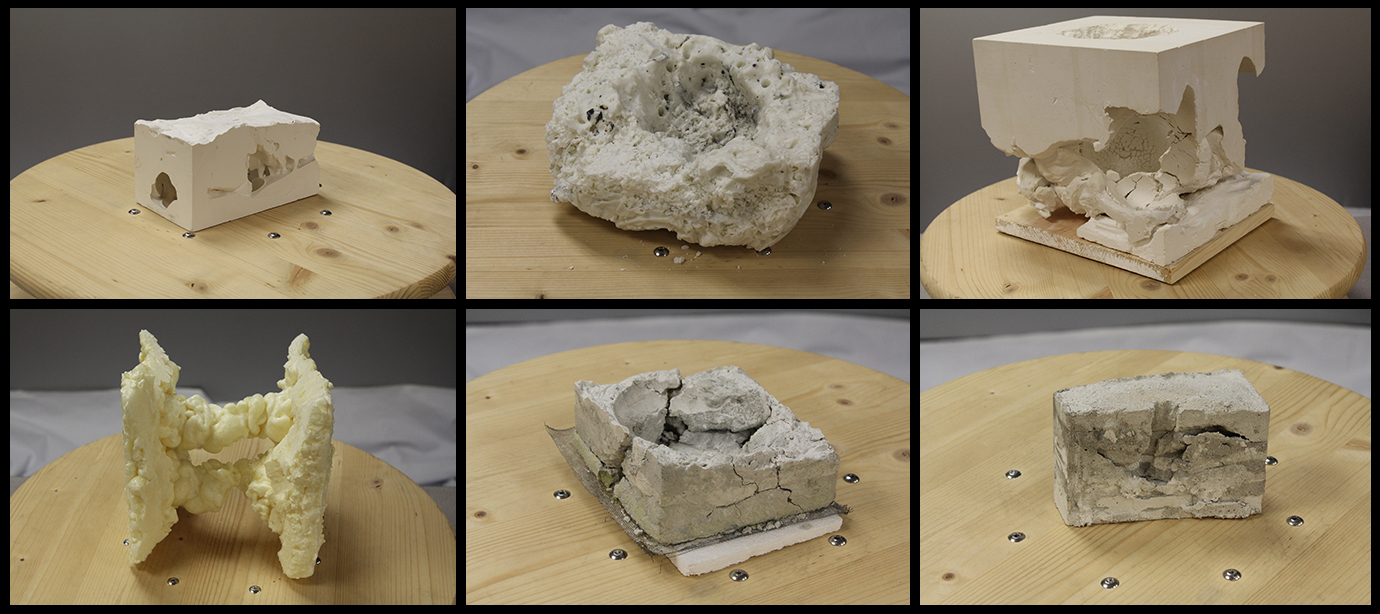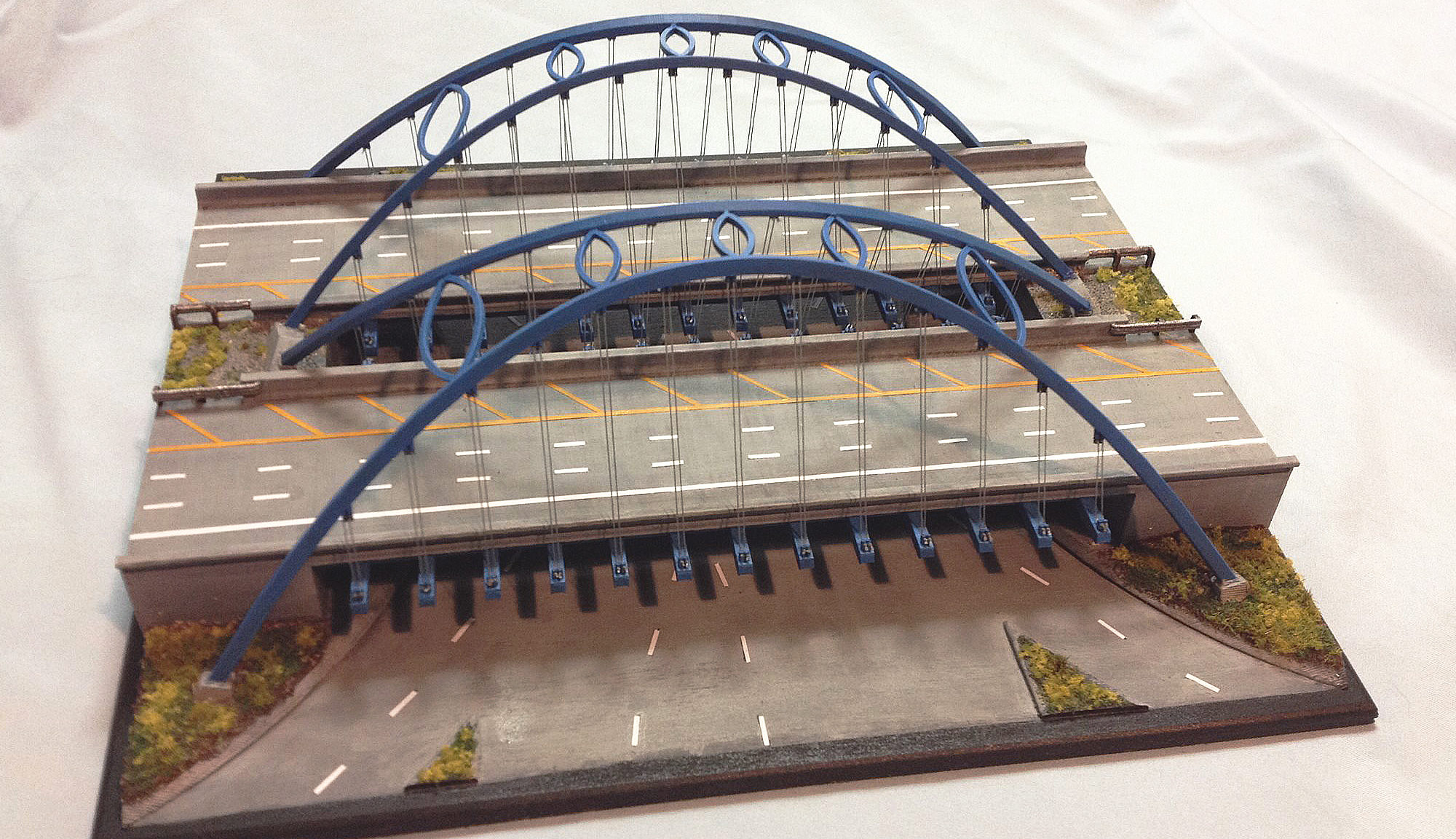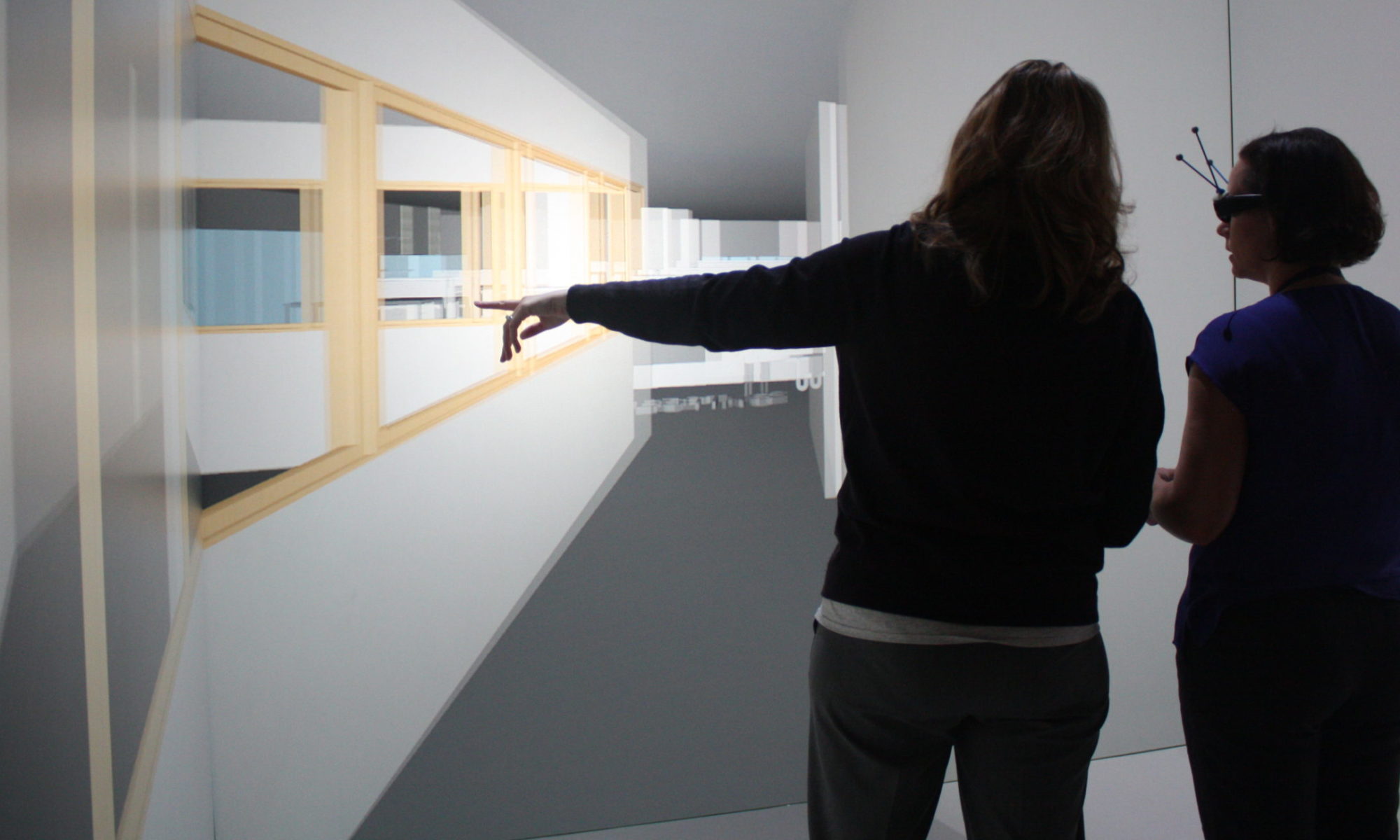Breaking Ground at Taubman College

The Taubman College of Architecture at the University of Michigan is adding another wing to the college. Located on North Campus, the College of Architecture currently shares the 240,000 square foot space with the Penny Stamps School of Art and Design. The architecture studios itself, located on the third floor of the building, occupy a space of around 30,000 square feet, making it the largest academic studio space in the world.
After a recent gift of $12.5 million made by Alfred Taubman, the college plans on building a new addition which will be called the A. Alfred Taubman wing. The completed wing will be 36,000 square feet and will have new studios, new offices for faculty and new classrooms.
On April 25, 2015 the University of Michigan’s President Mark Schlissel along with Taubman College’s Dean Monica Ponce De Leon with donor A. Alfred Taubman present, broke ground at the site of the new wing. The ceremonial shoveling was preformed by Taubman College’s Kuka Robot, a robot designed for architectural fabrication research but today was modified to assist in the ceremony.

The Duderstadt Center helped program the robot for the ceremony by filming a human shoveling in the lab. The motion was captured in the lab by motion capture cameras and a program was developed for the robot to mimic the motion.

Integrated Design Solutions, a firm based in Troy, Michigan, along with architect Preston Scott Cohen are in charge of the design for the new college. The building is scheduled to be completed in 2017.
Click here to read an article about the ceremony released on Taubman College’s website.













 Working with Nathan and his colleagues, the Duderstadt Center was able to take his floor plans and create splines (lines used in 3D modeling) in 3D Studio Max. Using these splines, accurate 3D models of the cabins were created to scale. These models were then shown to several people in Nathan’s group, at which point Teton County noticed the slope of the cabin’s roof would not meet building codes for snow load in that region. By viewing their models in 3D, the group was able to revise and review their plans to accommodate these restrictions. These plans are currently being shown to investors and others interested in the project.
Working with Nathan and his colleagues, the Duderstadt Center was able to take his floor plans and create splines (lines used in 3D modeling) in 3D Studio Max. Using these splines, accurate 3D models of the cabins were created to scale. These models were then shown to several people in Nathan’s group, at which point Teton County noticed the slope of the cabin’s roof would not meet building codes for snow load in that region. By viewing their models in 3D, the group was able to revise and review their plans to accommodate these restrictions. These plans are currently being shown to investors and others interested in the project.




